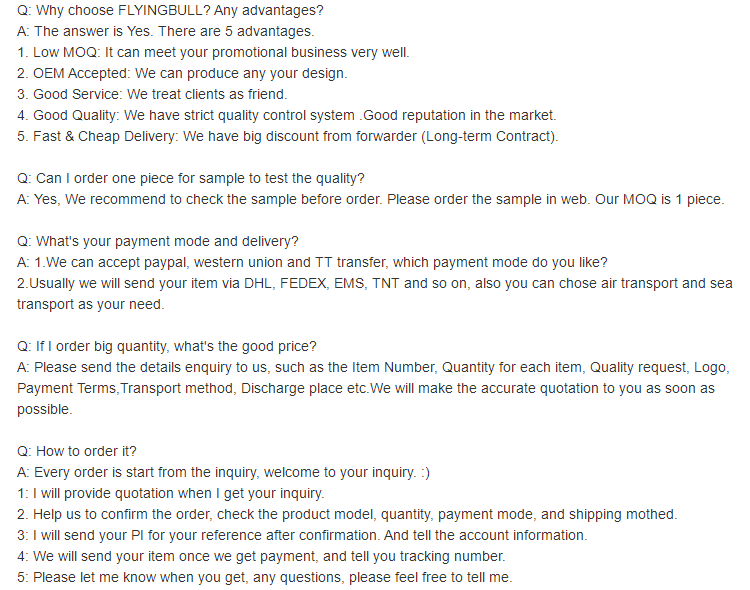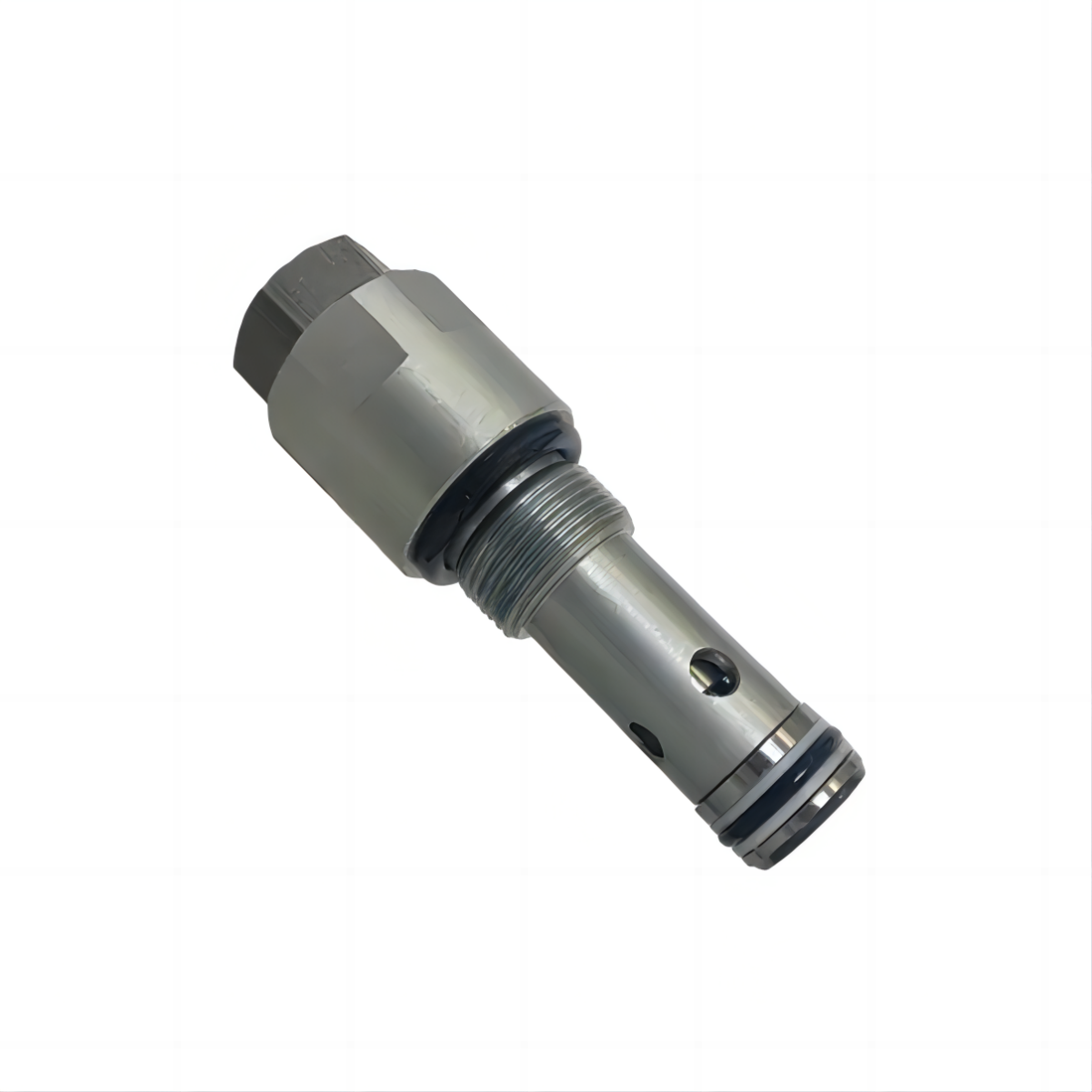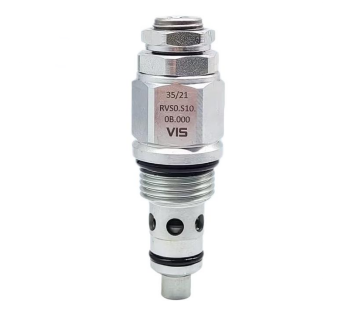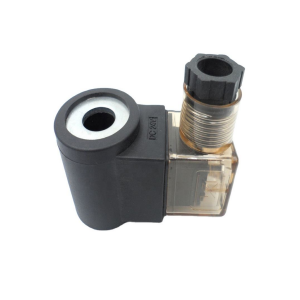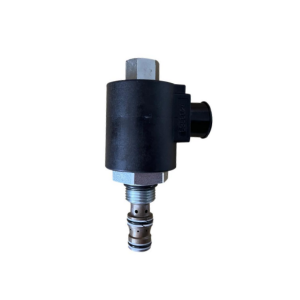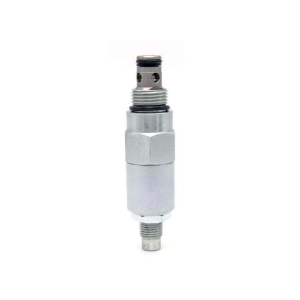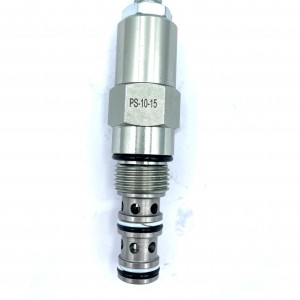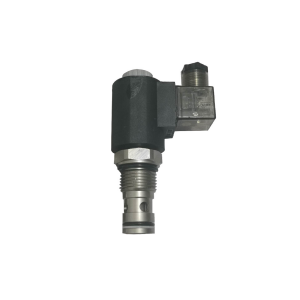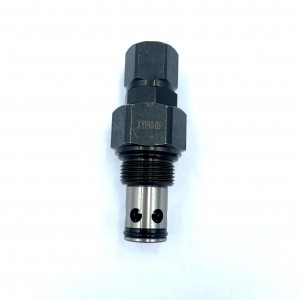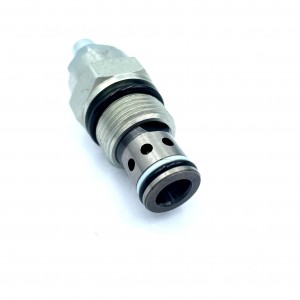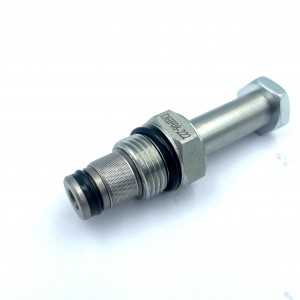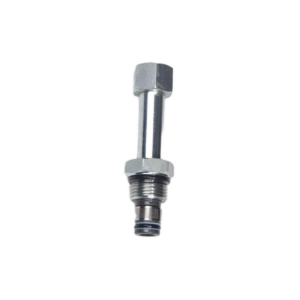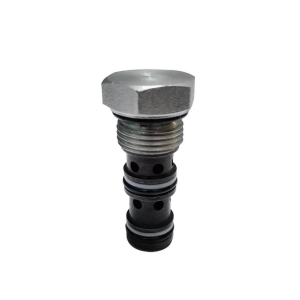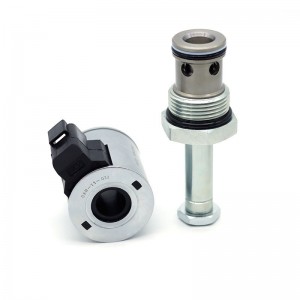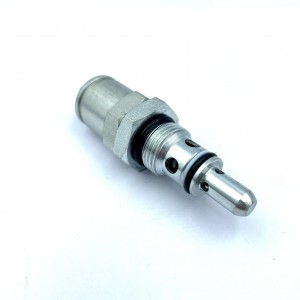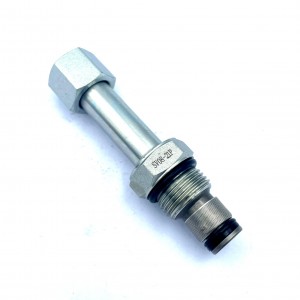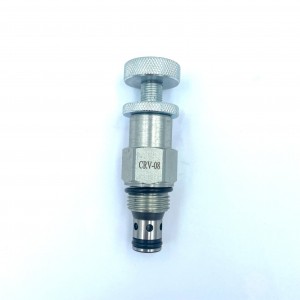Loader accessories Excavator accessories 702-73-01570 rotary relief valve
Details
Sealing material:Direct machining of valve body
Pressure environment:ordinary pressure
Temperature environment:one
Optional accessories:valve body
Type of drive:power-driven
Applicable medium:petroleum products
Points for attention
The working principle of the solenoid valve:
The solenoid valve uses an electromagnet to push the valve core to control the direction of compressed air, thereby controlling the direction of the pneumatic actuator switch.
Its advantage is simple operation, easy to achieve remote control.
Electromagnetic directional valve according to different requirements can achieve two three-way, two five-way and so on.
The electromagnet used to operate the solenoid valve is divided into AC and DC:
1. The voltage of AC electromagnet is generally 220 volts. It is characterized by large starting power, short reversing time and low price. However, when the valve core is stuck or the suction is not enough and the iron core is not sucked on, the electromagnet is easy to burn out due to excessive current, so the working reliability is poor, the impact of action, and the life is low.
2, DC electromagnet voltage is generally 24 volts. Its advantages are reliable work, not because the spore is stuck and burned out, long life, small size, but the starting power is smaller than the AC electromagnet, and in the absence of DC power supply, the need for rectification equipment.
In order to improve the working reliability and life of the electromagnetic reversing valve, in recent years, wet electromagnet is increasingly widely used at home and abroad, this electromagnet and the slide valve push rod do not need to be sealed, eliminating the friction at the O-shaped sealing ring, its electromagnetic coil outside directly sealed with engineering plastic, not another metal shell, which ensures insulation, but also conducive to heat dissipation, so reliable work, Low impact, long life.
Solenoid valve structure:
Solenoid valve includes (coil, magnet, ejector rod).
When the coil is connected to the current, it produces magnetism, and the magnet attracts each other, and the magnet will pull the ejector rod. Turn off the power, and the magnet and ejector rod are reset, so that the solenoid valve completes the work process. This is how the solenoid valve works.
Product specification
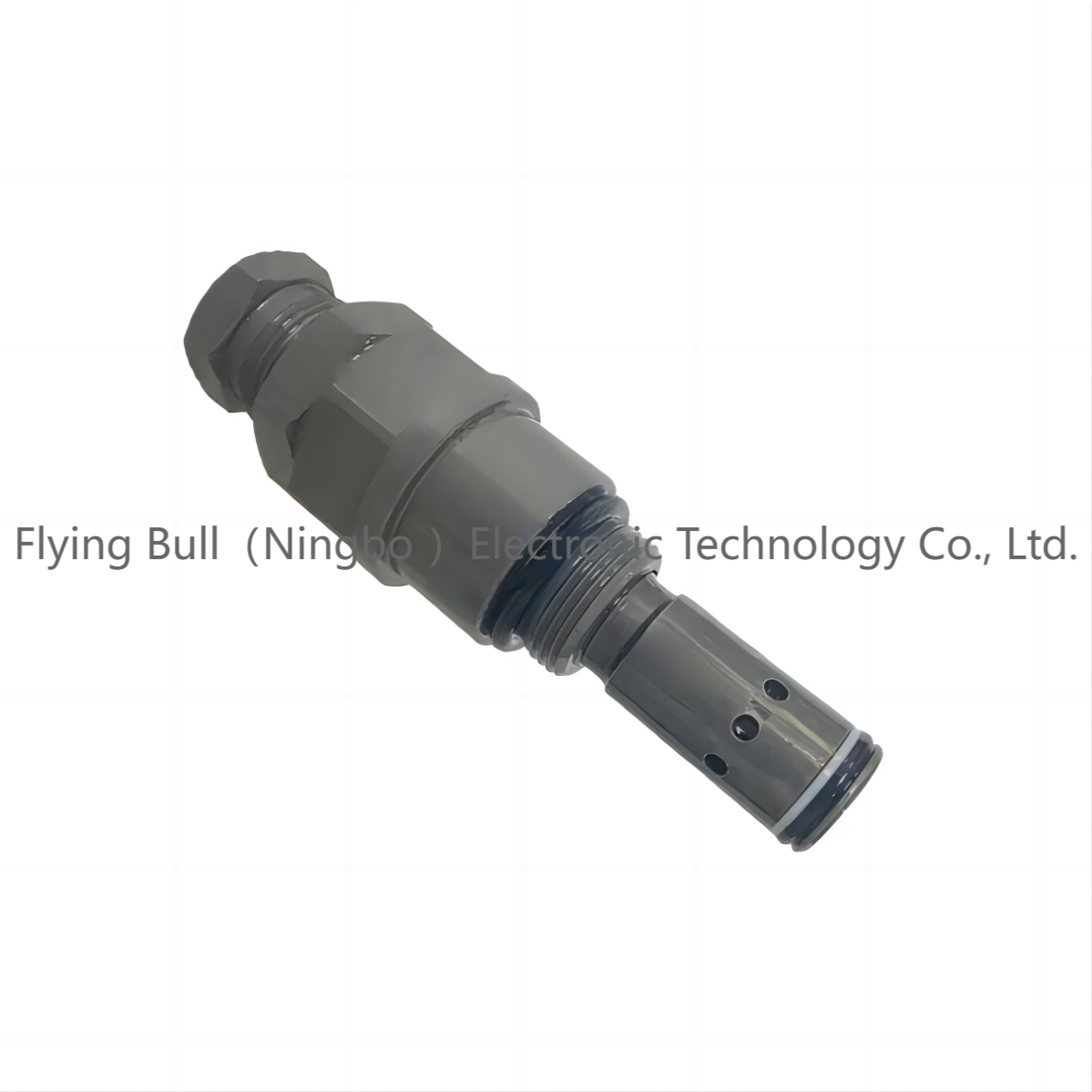
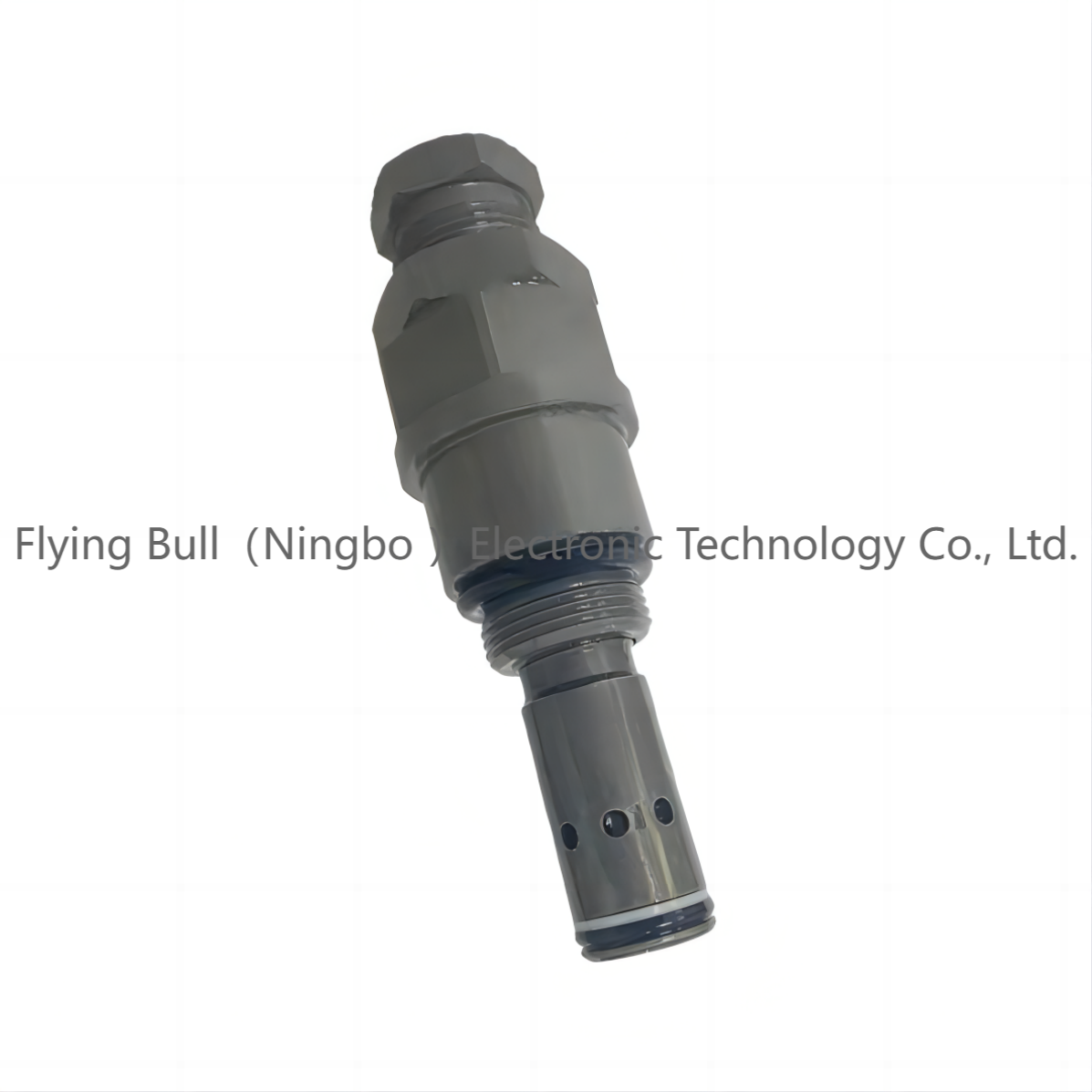
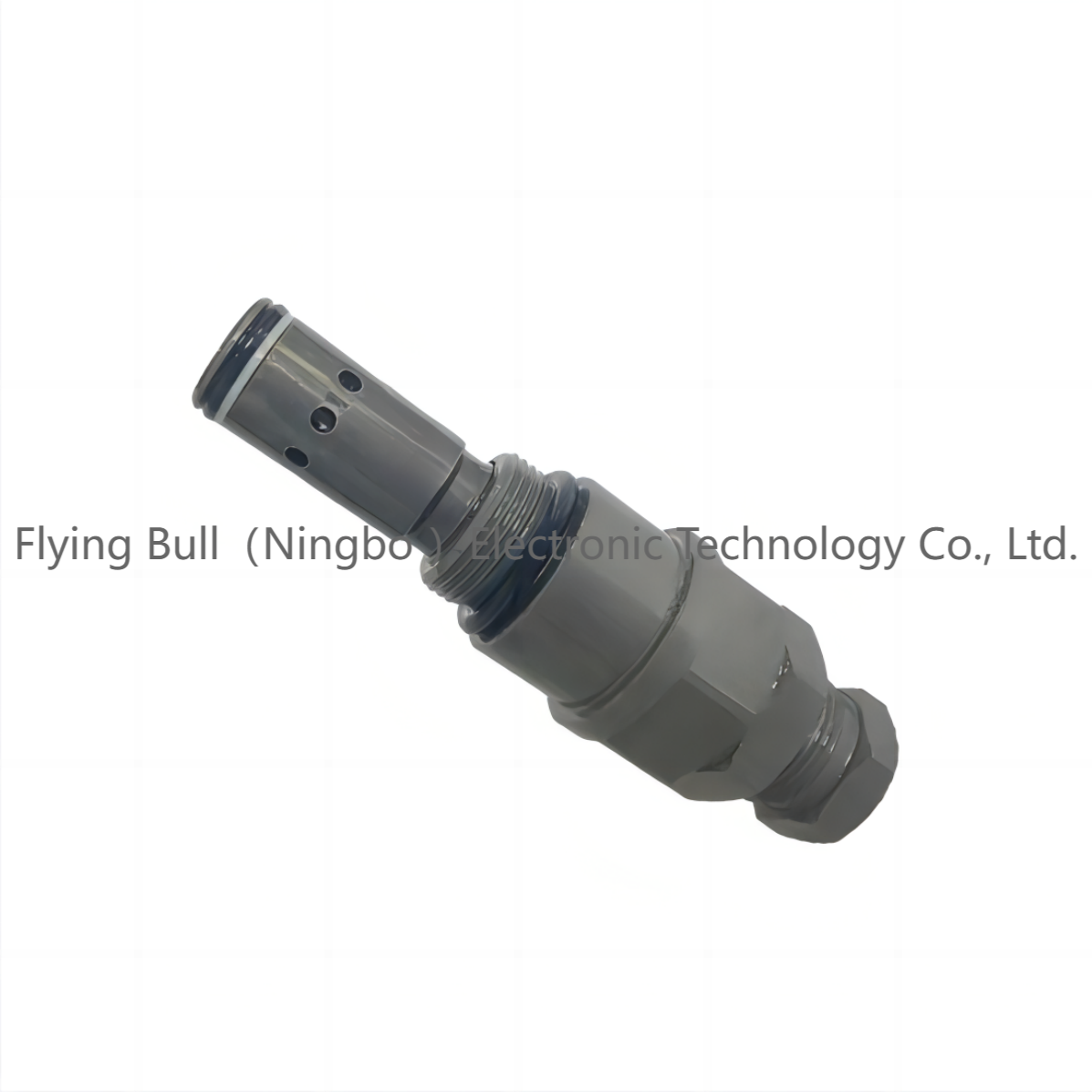
Company details






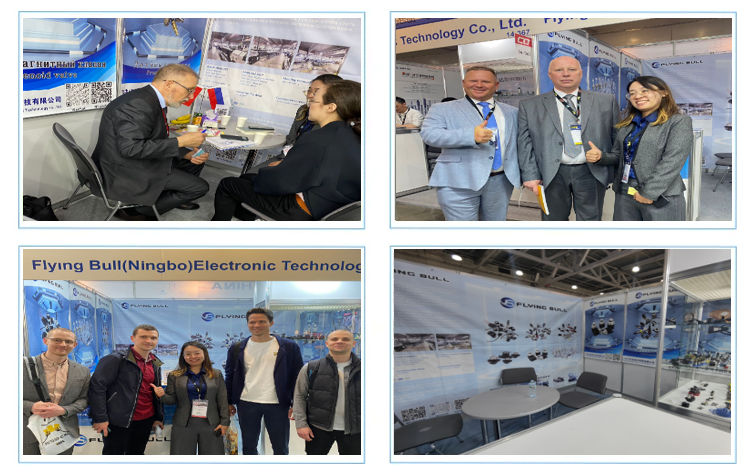

Company advantage
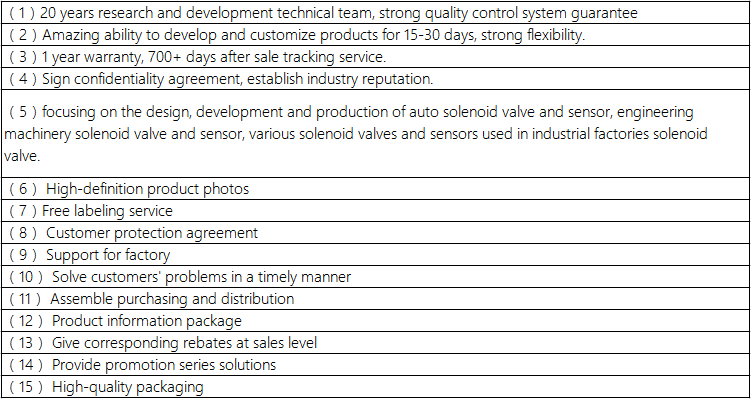
Transportation

FAQ
